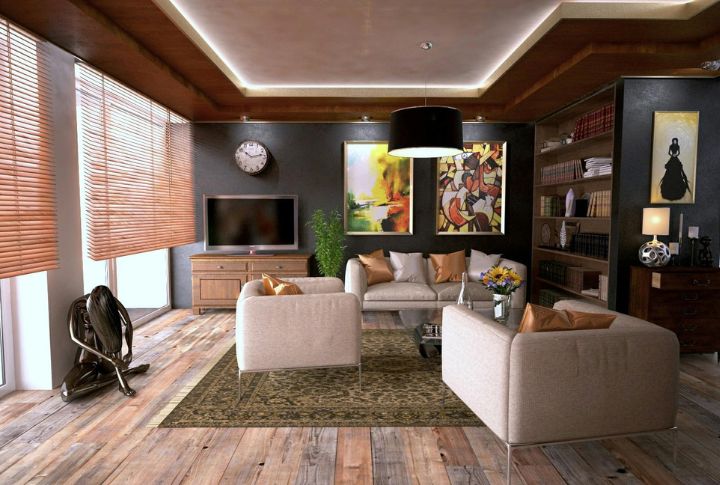
What’s the difference between a home that looks tidy and one that actually is? It usually comes down to intention. Lighting and scent can fake freshness fast, but habits create lasting results. Find out which changes fool the eye and which ones impress even the pickiest visitor.
Fluffed Pillows And Smoothed Throws
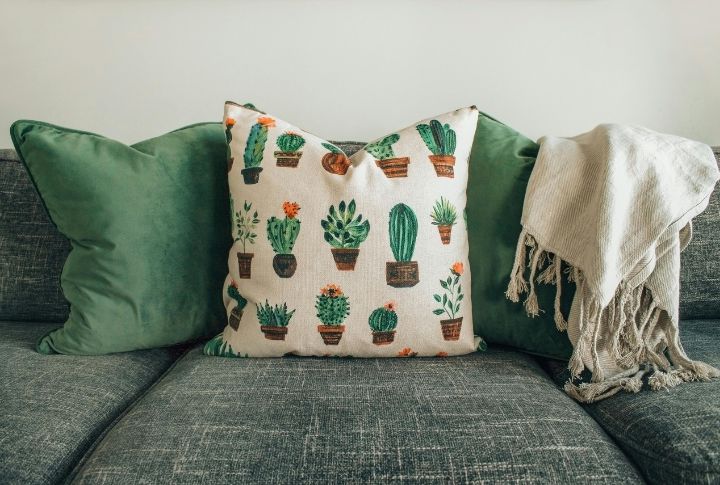
Nothing screams “guest-ready” like a living room where every cushion sits plump and purposeful. Sofas become visual cues for tidiness when pillows are shaped and throws lie wrinkle-free. Even when chores wait elsewhere, this small visual can give the impression of a well-managed home at first glance.
Closed Doors To Untidy Rooms
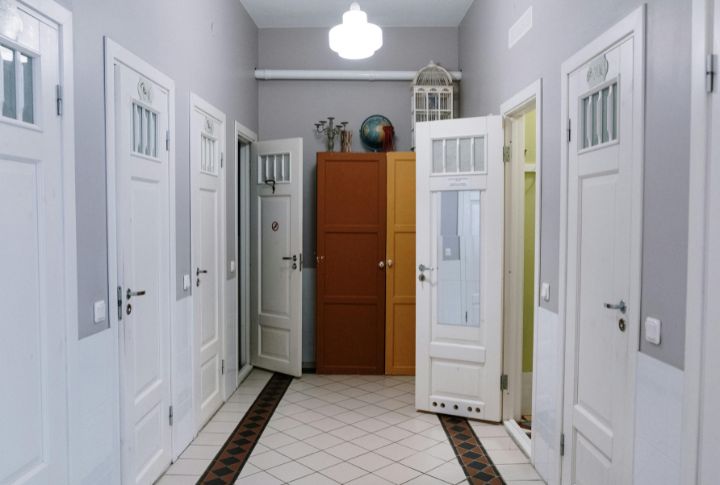
Guests rarely question what lies behind a shut door because out of sight often means out of mind. Redirecting focus away from cluttered areas creates a curated visual experience. A tidy hallway paired with a few closed doors can also create the illusion that every room behind them sparkles just as much.
Strategic Lighting Choices
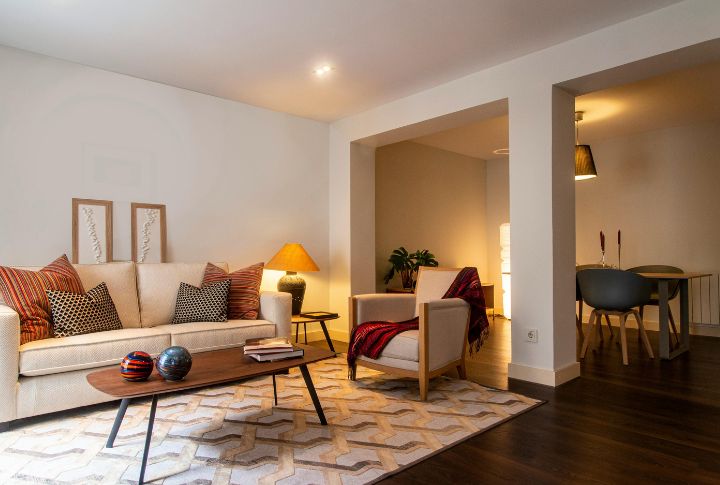
Warm-toned lighting flatters more than people—it flatters your home, too. Shadows soften corners, gloss hides imperfections, and lamps draw eyes upward. According to the American Lighting Association, proper illumination can visually enhance the perception of cleanliness by over 20%, especially when used to spotlight organized or minimalist spaces.
Scented Candles Or Air Fresheners
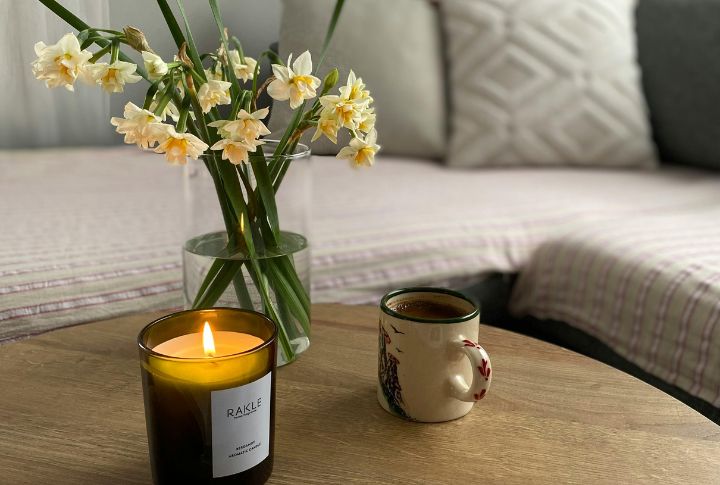
Can something smell clean without being clean? Absolutely. Our brains associate citrus, pine, and floral scents. When rooms smell freshly scented, visitors often presume that everything else is freshly scrubbed too. It’s an olfactory shortcut—a psychological signal that overrides visual mess with perceived freshness.
Quick Vacuuming Of High-Traffic Areas
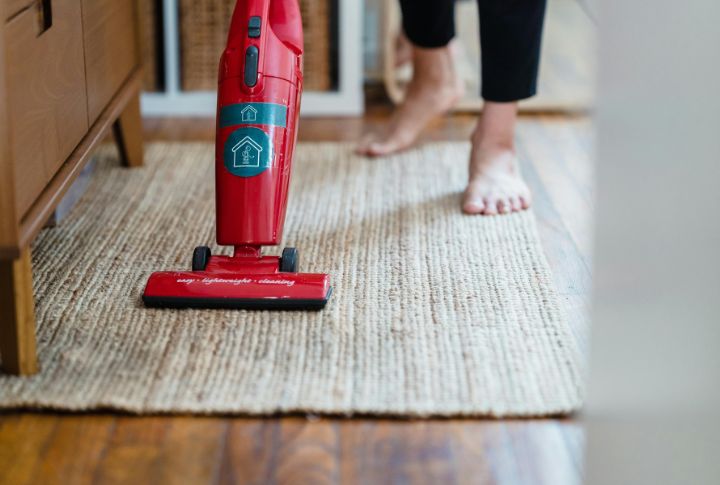
A ten-minute run across visible carpet zones can work visual magic. Even if corners remain dusty, vacuum lines alone suggest recent cleaning. Guests usually focus on what’s beneath their feet, so clean floors, especially in entryways and sofas, create an impression of deeper tidiness than what actually exists elsewhere.
Organized Entryway

First impressions aren’t always fair, but they’re fast. An organized entry with tidy hooks, clear floors, and zero paper clutter gives off the right first impression instantly. People often mentally extend that order throughout your home, assuming the rest matches the greeting zone’s clean, calm, and intentionally arranged presentation.
Clean Kitchen Sink
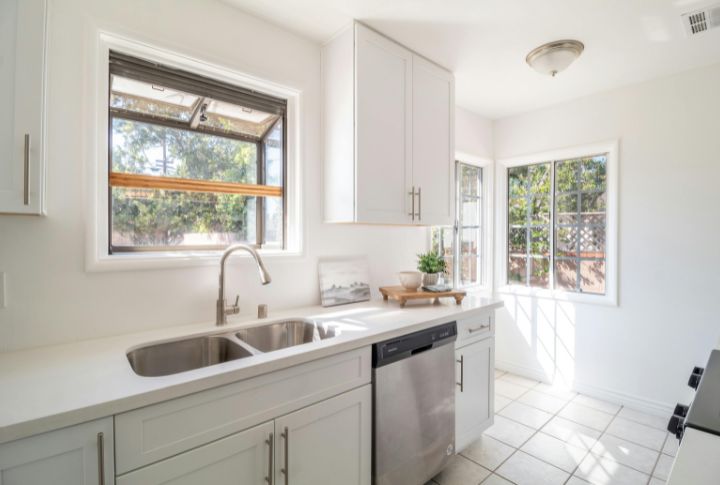
Guests don’t peek in drawers—but the sink? That’s a visual magnet. A scrubbed basin with no dishes reads as high effort, even if the fridge’s interior remains chaotic. Home cleanliness, in many people’s minds, starts where the dishes do. Therefore, a spotless sink silently signals daily discipline and control.
Tidy Bathroom Counters
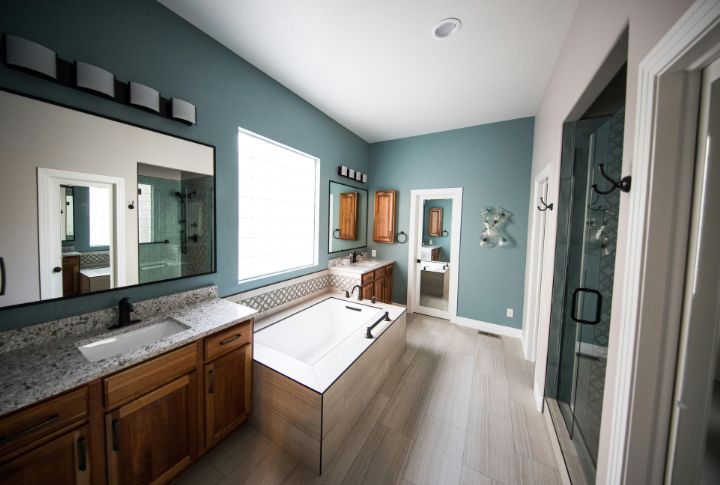
The eye lands fast on clutter. Toothpaste tubes or stray razors instantly create visual noise. Clear counters, on the other hand, make even a so-so scrub job seem meticulous. A well-placed soap dispenser and a hand towel can convince anyone that the space is cleaner than it really is.
Fresh Towels On Display
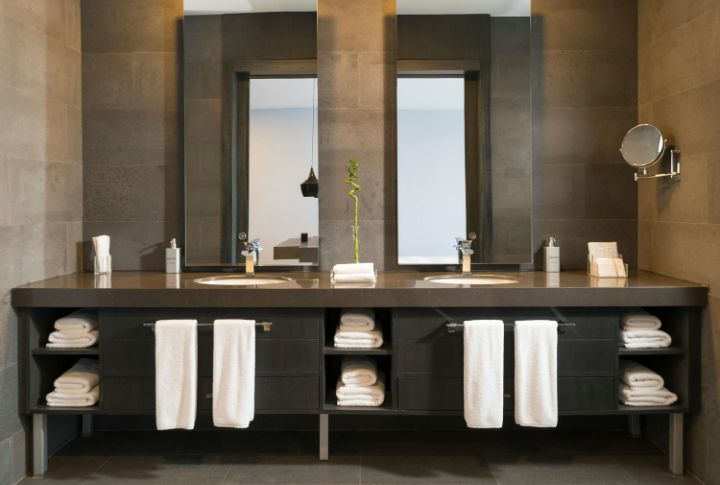
White, neatly folded towels carry a spa-like energy. In a study by the Global Hygiene Council, 63% of people link fresh linens with cleanliness, regardless of whether they were actually washed or just appeared that way. Decorative or staged towels trick the eye into seeing the entire room as cared-for.
Hidden Clutter In Baskets
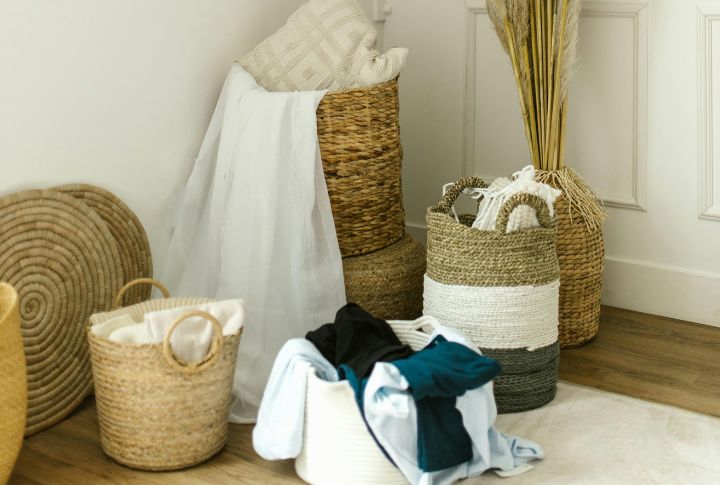
Visual chaos drains perceived cleanliness. Wicker baskets and lidded boxes provide stylish hiding spots for remotes and paperwork. Even when clutter hasn’t been tackled, it looks like it has. Storage that conceals disorder helps a home appear organized, especially when it keeps everyday messes off visible surfaces.
Daily Surface Wiping
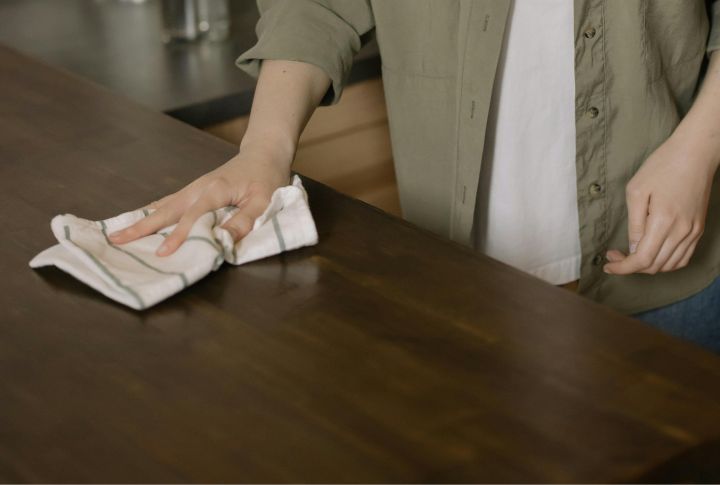
Frequent touchpoints like counters and handles collect debris faster than we notice. Studies from the NSF show kitchen surfaces can harbor more bacteria than toilet seats. Daily wiping removes grime, but more importantly, it prevents buildup that changes how rooms reflect light and how clean they feel underfoot.
Consistent Decluttering Habits
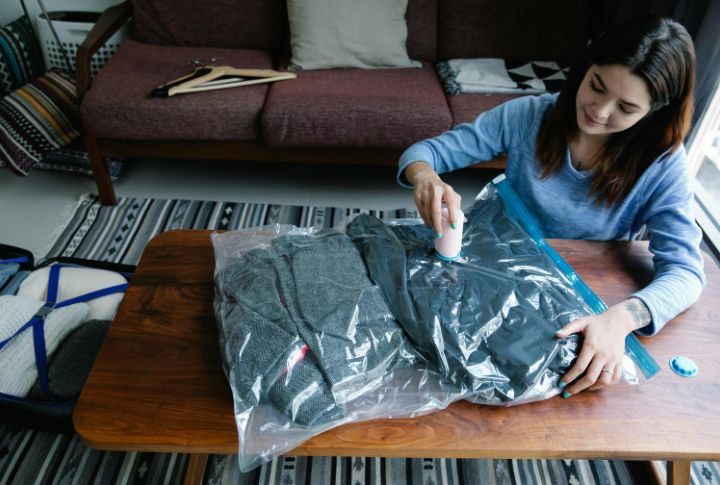
Does every item in your space have a designated home? This simple principle fosters visual harmony. A UCLA study found that women with cluttered homes experienced higher cortisol levels throughout the day compared to those having tidier spaces, highlighting the link between organization and stress reduction.
Scheduled Deep Cleaning Sessions

You don’t need to clean every day, but you do need a plan. Setting monthly appointments for less obvious zones, like baseboards or vent covers, creates lasting results. Deep cleaning in intervals makes a space feel consistently spotless even between sessions, especially in bathrooms and kitchens where buildup hides.
Organized Storage Solutions

A clean home is more about what you don’t see than what you do. Transparent bins and vertical storage can prevent piles from forming. Home organization expert Marie Kondo says, “Clutter is caused by a failure to return things where they belong.” Order reinforces visible cleanliness, room after room.
Clean Floors And Carpets
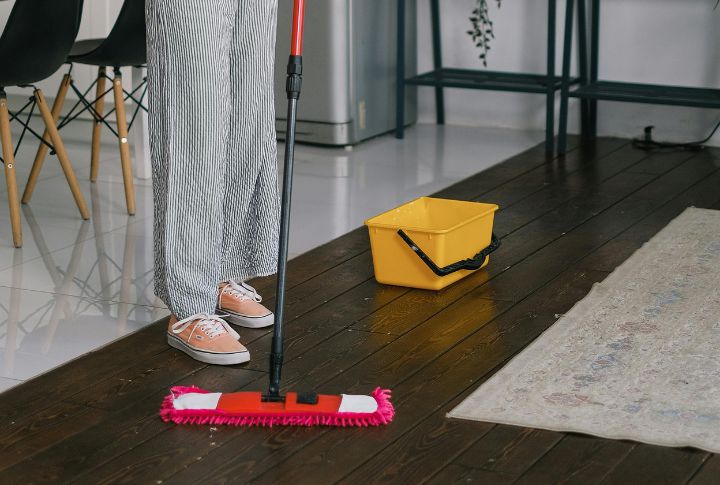
One of the first things guests subconsciously assess is underfoot. Stains or visible debris signal neglect, even when the rest of the room gleams. According to a BISSELL Homecare survey, a significant portion of Americans feel a house isn’t truly clean unless the floors look and smell freshly maintained.
Sparkling Windows And Mirrors
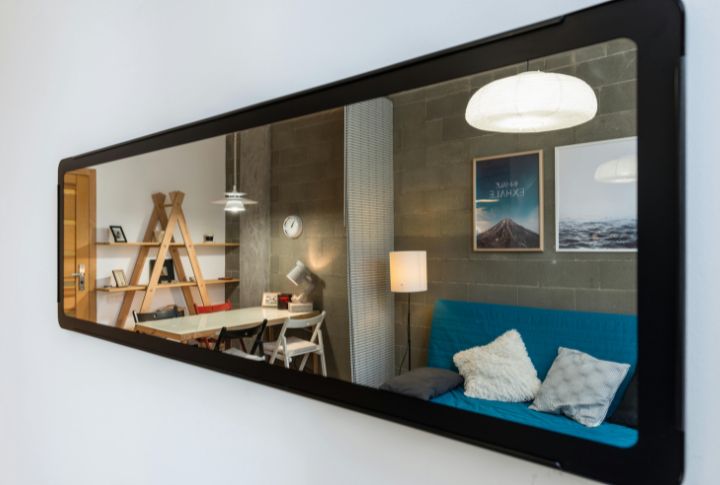
Light changes everything. Smudged mirrors and streaky windows dull even the tidiest room. But when glass surfaces reflect clearly, spaces look sharper and brighter. In fact, rooms with cleaned windows automatically get more natural light, making the space feel literally luminous.
Dust-Free Surfaces And Fixtures
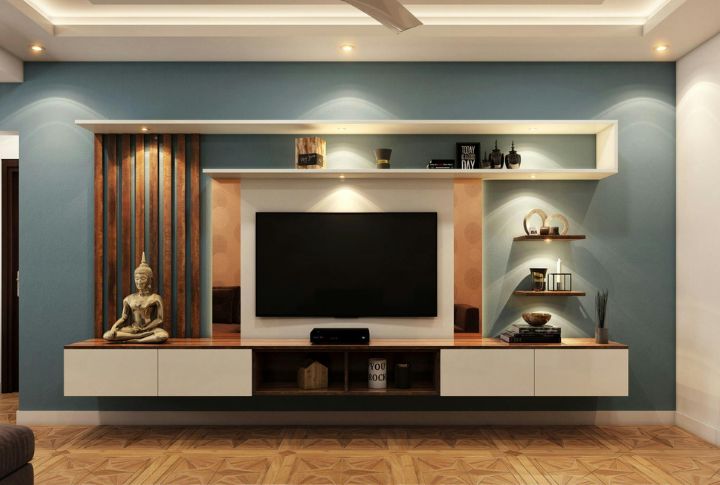
Grime-free ceiling fans and polished shelves quietly lift up a room’s status from clean to pristine. Guests rarely comment on dust, but they notice its absence. Dust attracts light and highlights neglect, especially in daylight. Keeping surfaces gleam-ready ensures no detail undermines the spotless feel you’ve worked to establish.
Well-Maintained Appliances
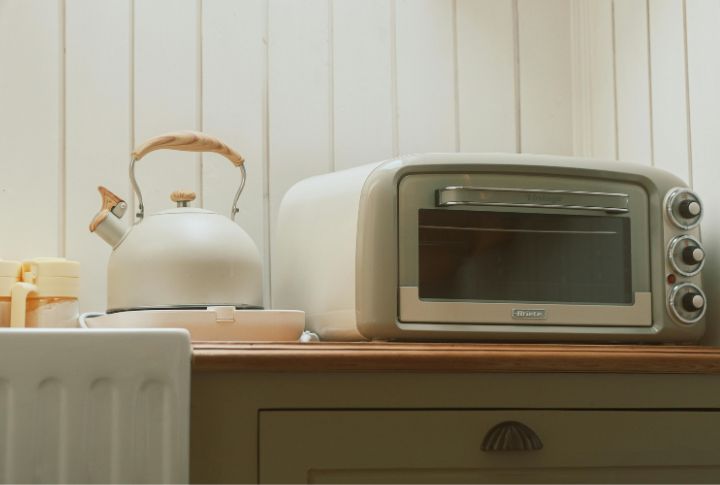
Fingerprint-free stainless steel and crumb-free toasters aren’t just visually pleasing—they reflect habits of care. Many homeowners say a spotless kitchen feels incomplete without shiny, functioning appliances. Daily wipe-downs add polish while showing your space is both tidy and functional.
Fresh Linens And Bedding
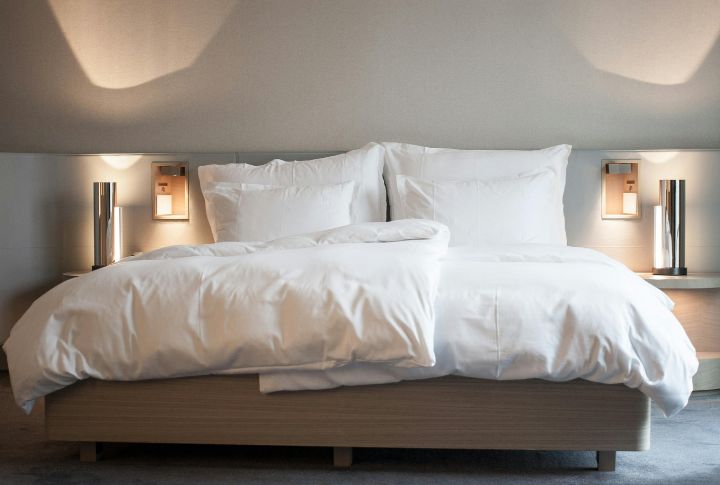
Few visuals compete with a crisply made bed topped with smooth, clean linens. A bedroom instantly reads more spotless when the bed looks inviting. Guests often rate a home’s overall cleanliness by the state of the sleeping space, even if the rest remains unseen. Freshness speaks louder than effort.
Attention To Detail In Decor

Tiny touches make a big impact. Straightened picture frames, fluffed lamp shades, and aligned books suggest purposeful upkeep. According to behavioral psychologist Dr. Karen Pine, small design tweaks influence people’s emotional response to space. When every item appears placed with intention, the whole room reads as meticulously maintained.

